How Wabi Sabi Can Transform Your Home and Create More Space for Beauty in Your Life
Living in a society where perfection is not only the norm but encouraged can be disheartening to say the least. How many times have you taken a blurry photo and overlooked its perceived flaws because it goes against the grain (mind the pun)? It’s true that historically we have tended to lean toward the shiny and new versus the old and worn, but those tides are turning as more of us embrace authenticity over accuracy. True beauty lies in the cracks, the rough edges, the imperfect glazes, and even the deliberate flaws.
It’s why the Japanese philosophy, wabi sabi has captured our imagination and our hearts—it’s quite literally the antidote to perfectionism. Photographer, creative director, and author, Julie Pointer Adams was so drawn to the wabi way of life that she wrote an entire book dedicated to it, titled Wabi-Sabi Welcome: Learning to Embrace the Imperfect and Entertain with Thoughtfulness and Ease. As Adams explains, wabi sabi means “living in a way that pays attention and appreciates the beauty of the mundane, minute details of everyday life—things that often go unseen, unnoticed or unvalued.”
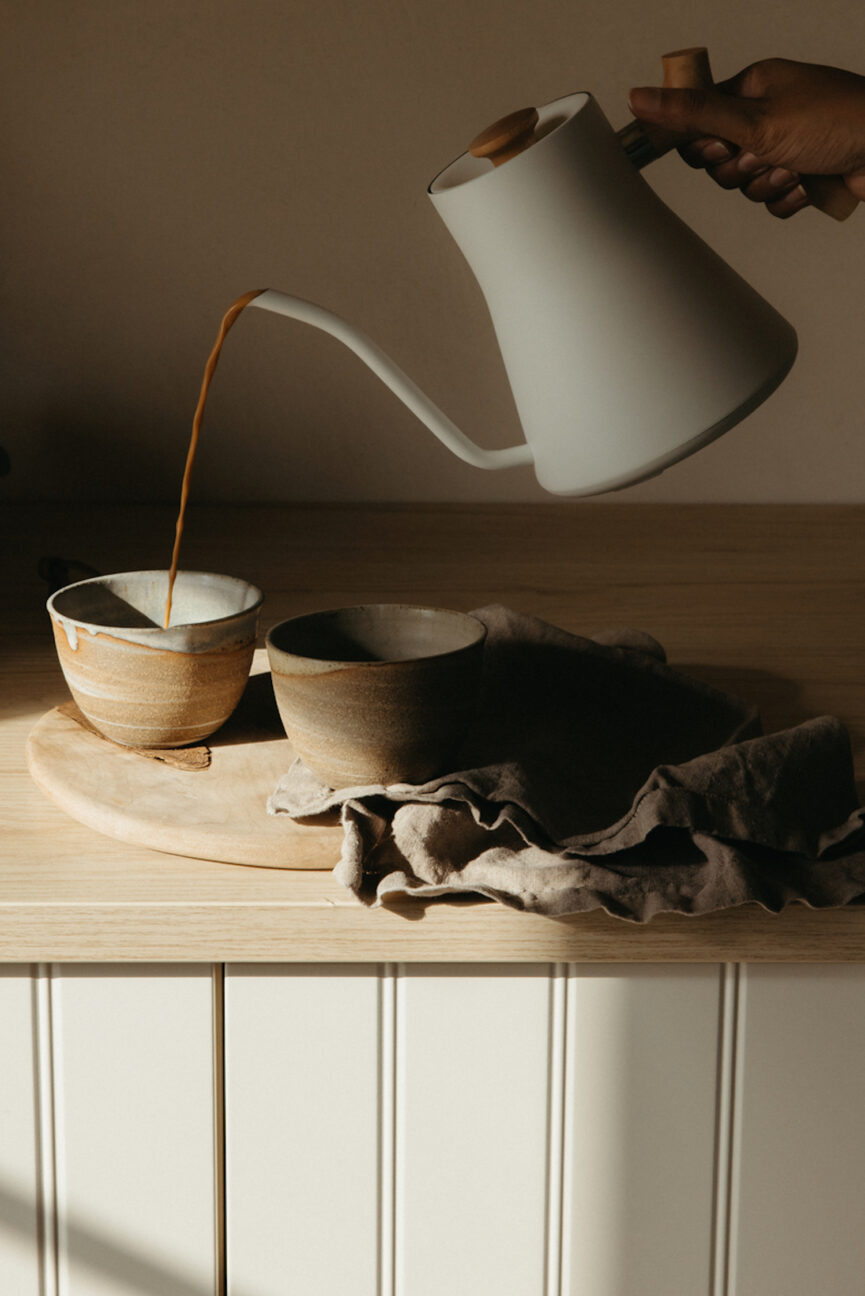
Why Wabi Sabi Could Change the Way You See the World
She adds: “For me, living with that kind of careful consciousness is the way I strive to live all the time, and always have, even before I was aware of the concept. By writing a book, I wanted to make the concept perceivable and attainable in many different settings to many different people… I wanted to show how the philosophy can be adopted into anyone’s life experience through the simple rituals and routines of everyday life.”
As far as shifting her whole mindset to embrace wabi sabi in daily life and work? Well, let’s just say it’s an ongoing, everyday learning process. “I joke that I never should have written a book about wabi sabi until I had a toddler in my house!” she laughs. “It’s comical but also true that since having a child, I have come to have a whole new understanding of what it means to embrace the perfectly imperfect and to try to be fully present in every moment, even when things are not going as hoped or planned.
“To see it show up in my own life is to try to accept the fact that all things are impermanent, imperfect, and incomplete (for everyone, no matter how much social media might make us believe otherwise!), and that even in the midst of challenging moments or work experiences that feel like failures, each hour, each experience, each day is a perfect gift. It’s about living wholly in each fleeting moment, while also being aware of the whole arc of time, where nothing stays constant forever.”
We couldn’t agree more. Keep reading to learn more about what is wabi sabi, the meaning behind the movement, and how to incorporate the philosophy into your home, life, and work.
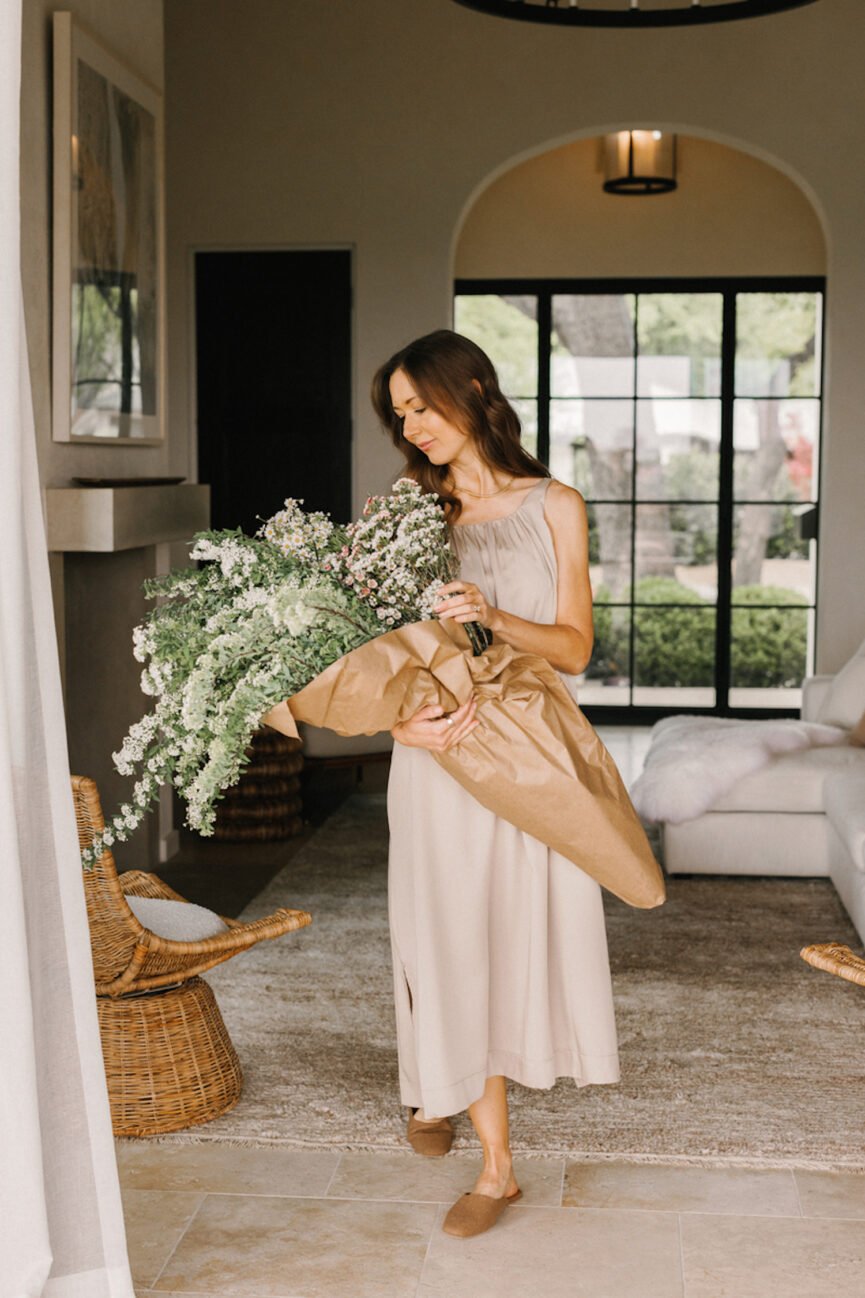
But first, what is wabi sabi?
Wabi sabi is a many-layered concept so it’s difficult to define in a few words. Most simply put, it’s a way of seeing (as coined by the Japanese) that frees us to find beauty in what is impermanent, imperfect, and incomplete.
Wabi refers to living simply and in tune with nature, to paring down to the essentials so we can appreciate each moment and object in its fullness; Sabi refers to transience and the passage of time.
Together, the two words describe a type of beauty and a way of life that embraces imperfection and simple living, clinging to what is humble, mysterious, and unassuming. To me, it’s a way of living that wholly appreciates the perfectly imperfect—something we can strive for every day in each one of our homes, our lives, and in the natural world around us. I believe wabi sabi can open our eyes and our minds to a broader, more accepting, and more joyous way of being in the world.

Can you outline the wabi sabi philosophy and why you connected with it so much?
The wabi sabi philosophy emerged around the 14th century when various artistic and Buddhist principles taken from Chinese traditions came to form a distinctly Japanese concept. At the time, the idea was very tied to the tea ceremony, and is still deeply rooted in that time-honored tradition which holds up simplicity, humility, and rustic elegance as essential ideals. It has now come to embody a particular Japanese aesthetic that celebrates a kind of flawed beauty, and is understood to be the “wisdom in natural simplicity.” While many Japanese people may find the concept difficult to describe or translate, they all inherently understand it as a hard-to-pinpoint aesthetic and a distinct way of being in the world.
This philosophy is a sharp departure from our deeply-ingrained Western ideal of what’s new, shiny, fancy, expensive, modern, and flashy. Instead, it upholds that which is aged, has a patina, is humble, modest, impermanent and isn’t attached to status. It invites us to reframe for ourselves what has value in our own lives, apart from what modern or popular culture might say.
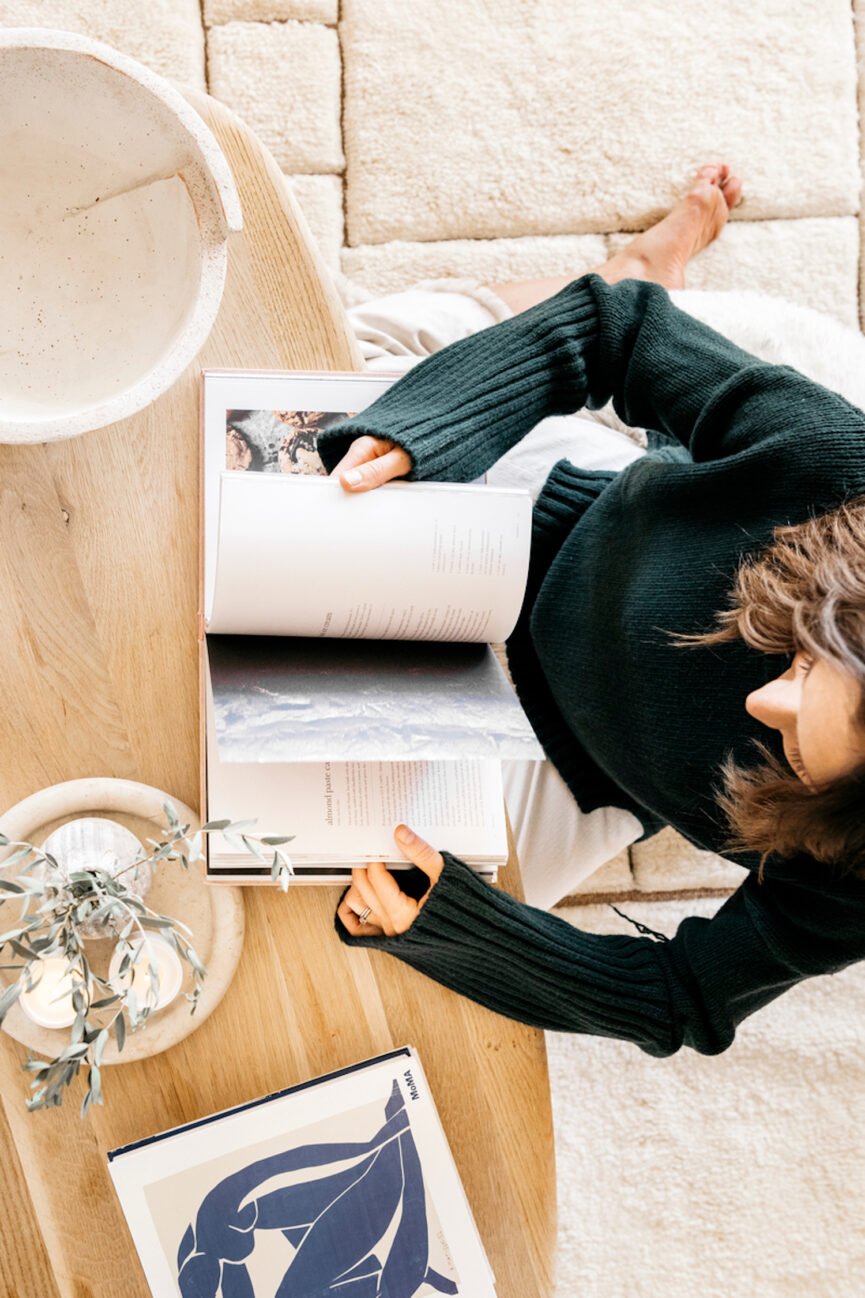
Why do you think wabi sabi style has resonated in the West and become so popular?
It’s sort of ironic that wabi sabi has recently become a bit of a catchphrase because by nature, it goes against the grain of what’s popular or trendy. However, I think what people are attracted to by the idea of wabi sabi is that it upends the idea of the convenient, big-box consumerism that so many of us grew up with, and instead, encourages a more thoughtful approach to what we fill our lives with, and what we value.
In the midst of a deeply perfection-seeking era, especially fueled by the rise of social media, many people are also desperate to find a mode of seeing/being/thinking that frees them from this kind of perfectionistic ideal.
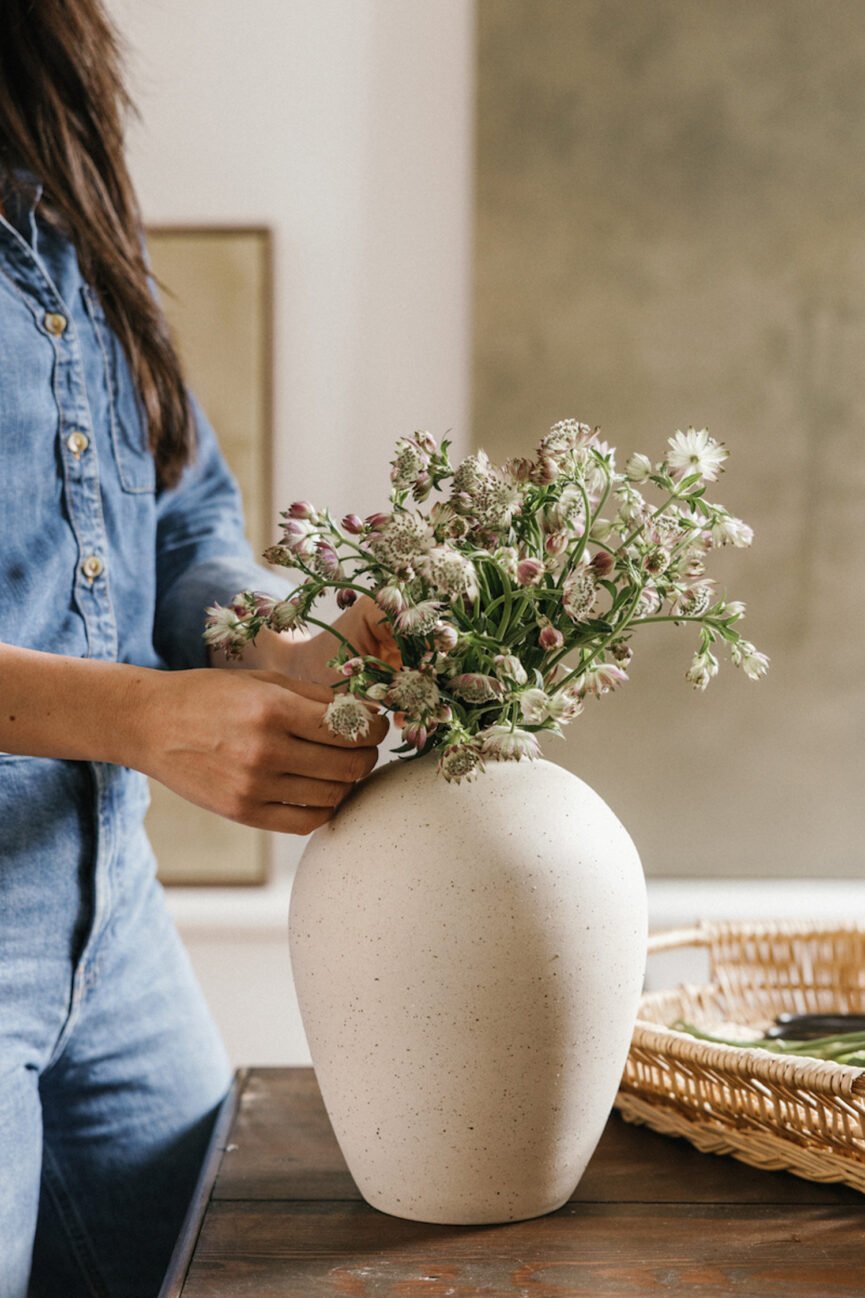
What does a wabi sabi home look like?
Wabi sabi can be applied to interior design in the same way it can be applied to all other parts of life—by paring down your surroundings to a simple, unfussy elegance inspired by nature, natural materials, and the beauty of imperfection. It is found in creating calm, warm, zen-like environments that are designed for intimacy versus impressing others. Wabi sabi items and spaces are full of inviting, earthy materials and tones (wood, clay, stone, etc.) that celebrate nature as she is—perfectly imperfect—and have a quiet, subdued quality to them. Even if wabi sabi spaces are decorated sparsely or have textured roughness to them (like plastered walls, live-edge wood, raw stone, nubby wool), they are full of life and warmth, versus having a kind of perfect showroom sterility to them.
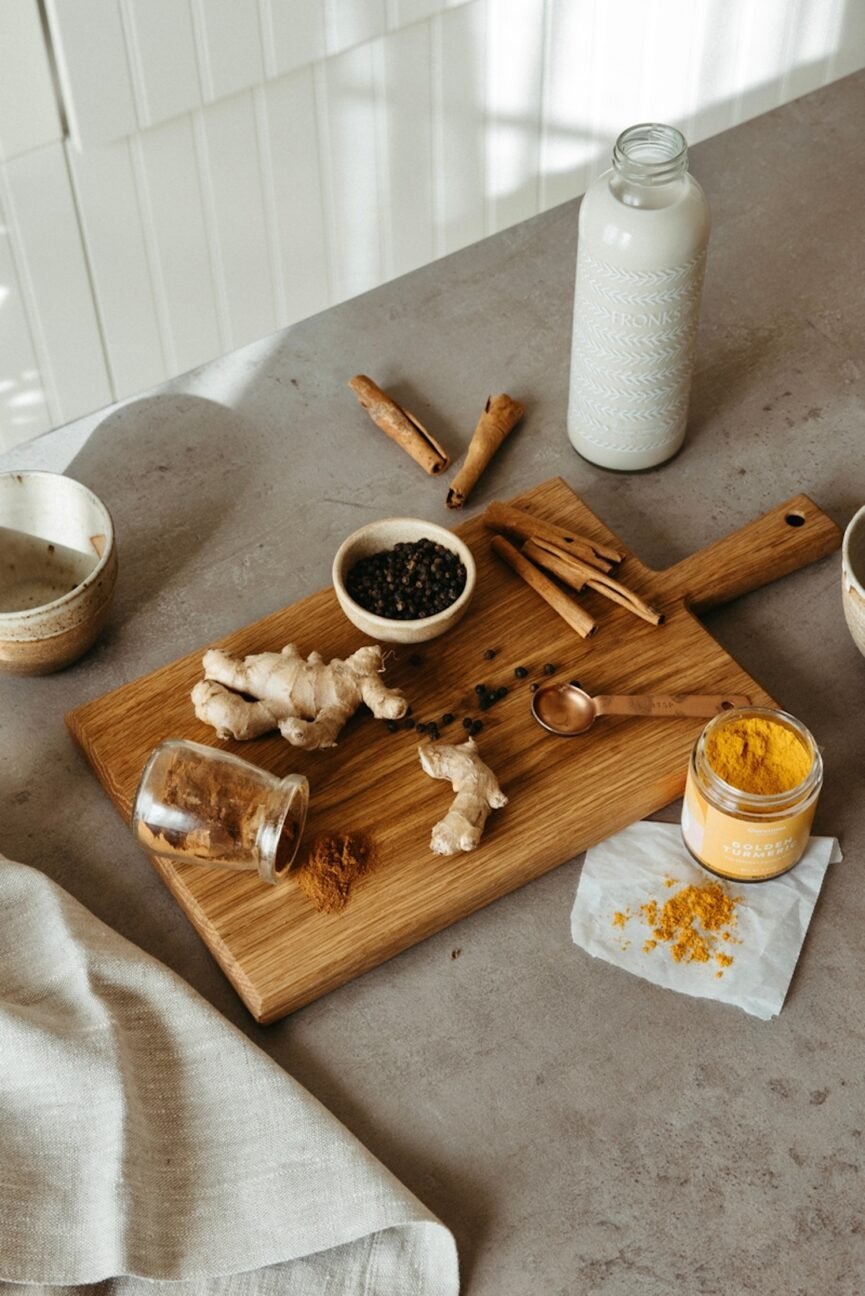
How can we incorporate wabi sabi in our homes?
I believe the first way to think about incorporating wabi sabi into your home is to take stock of what you have and determine what you may no longer need. Your home may very well simply have too much stuff in it to really feel calm, peaceful, and life-giving.
Achieving a sense of wabi sabi is rarely about going out and buying a whole bunch of new stuff, but rather about simplifying, re-evaluating, and thinking carefully about every new purchase.
When you do need to purchase something new or new-to-you, as often as you can, select timeless items made from natural materials and fibers that will age well (versus cheap and/or trendy) and can be repaired or re-used for years to come.

Kintsugi—the art of beautiful repairs—is also popular now in the U.S. as a result of the rise in wabi sabi. Can you tell us more about this concept?
Kintsugi is the Japanese art of repairing pottery by mending it with gold-infused glue, so that once the object is repaired, rather than hiding the fracture lines, the gold highlights the seams, adding a new kind of beauty and grace to the piece. I think this method works beautifully as a metaphor for how if we steadily work on getting the broken parts of lives healed, rather than hiding, ignoring, or glossing over them, they can actually become a visible and lovely part of our strength. It’s yet another perfect example, like wabi sabi leads us to, of the beauty that can be found in imperfection if we have the eyes to see it.

5 Practical Ways Wabi Sabi Can Be Incorporated at Home:
1. Make do with what you have
Embracing wabi sabi is all about recognizing the beauty in humble and imperfect things, rather than always needing or desiring more. The moment you find yourself thinking your space or your objects are “not enough” is the moment you’ve lost your way with a wabi sabi mindset. Invite wabi sabi in through the simplest of ways like clipping some branches from your backyard and putting in a vase to refresh your space with a bit of nature.
2. Collect sentiment over things
Learn to collect special things that have meaning and significance, but then be willing to curate your spaces so that simplicity and comfort reign above all.
3. Practical is pretty, too
Invite beauty into your home through practical means with lovely dishware, storage, and even housecleaning items (like a lovely wooden brush and glass dispenser for the sink). Pare down to only what you need, but let some things be beautiful just for beauty’s sake—not everything needs to be useful, too.
4. Make it personal
Make your home personal by incorporating items that likely only have value to you: special family photographs, mementos collected on trips, art made by your children, and so on.
5. Bring Mother Nature in
Bring the outdoors and some earthiness inside whether through a nature-inspired color palette, wildflowers plucked from the roadside, a collection of potted plants, or your favorite beach-walk pebbles.
